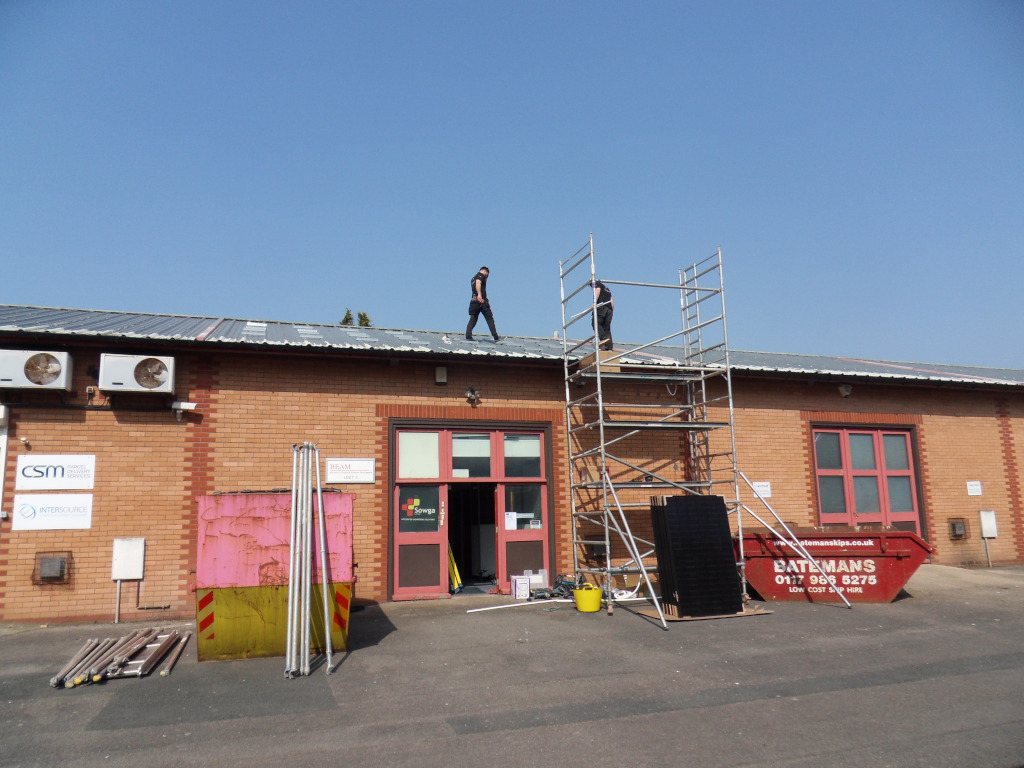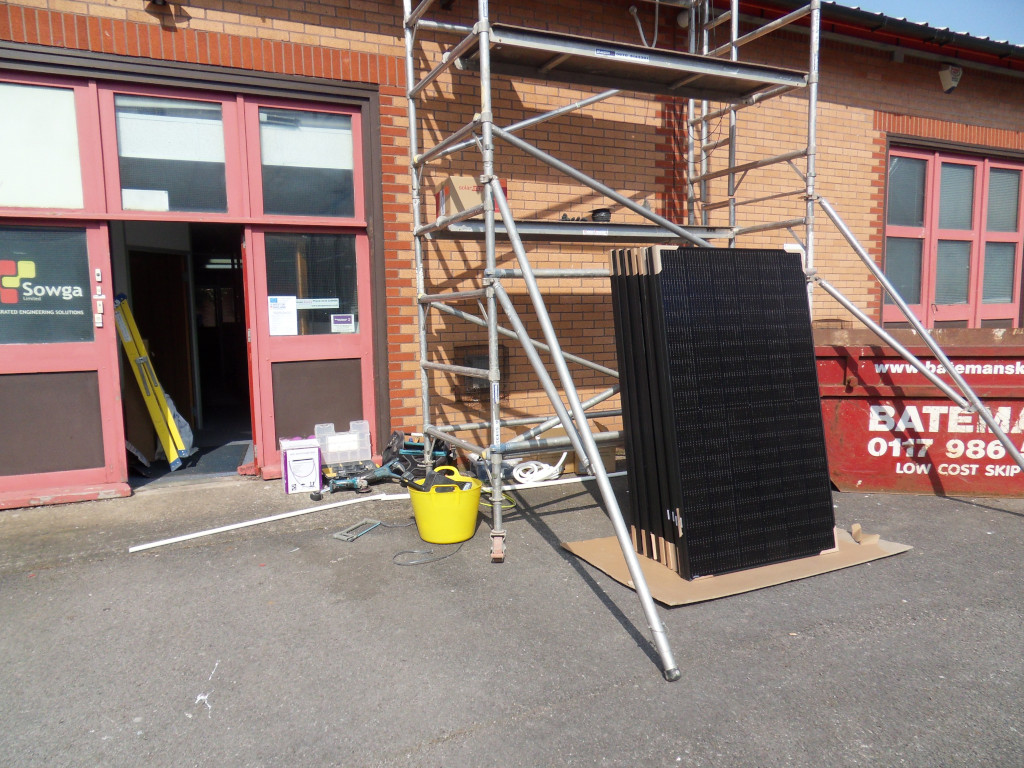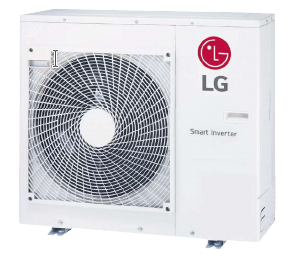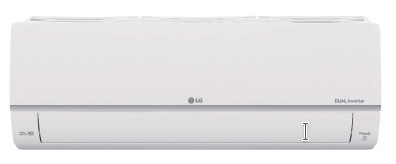|
|
|
Green Update of Beam Offices
to Reduce Carbon Emissions
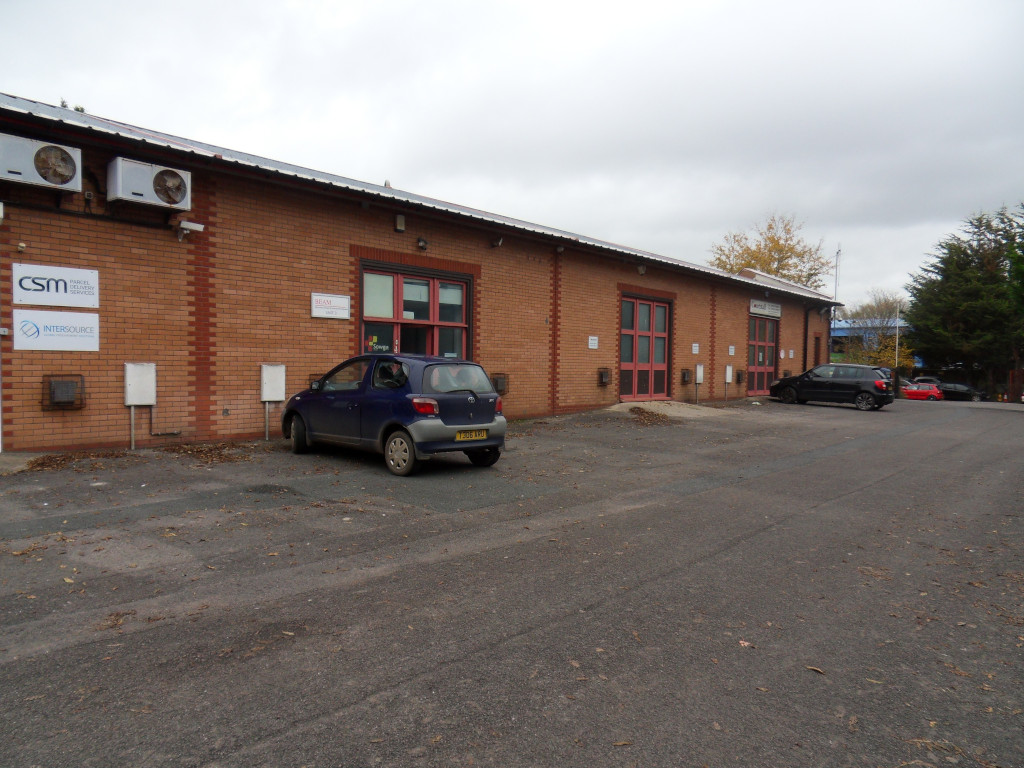
In an effort to reduce our companies emissions we are improving our offices building with the following changes:
-
5.11 kW Solar PV system to provide electricity fitted to the roof.
-
11.2 kW air source heat pump for office heating.
-
Two EV charging points.
-
Improved loft space insulation.
-
Upgrading all lighting to LED lighting
This website provides some information on the work done and the West of England Green Business Grant that helped us fund the work. We are grateful for the award of a West of England Green Business Grant in conjunction with the European Regional Development Fund to assist us with this work.
General Information on the Green upgrade
Beam Ltd is an electronic and software engineering company. We have a typical business unit in a business park with around 220 m^2 of floor area on two floors. The unit has only an electricity supply for our energy uses. Most of the energy we use goes on heat, lighting, instruments and computers. Our existing heating was a few night storage heaters and convection heaters.
We have always tried to be as green as possible, using low power consumption computers where possible and simply turning of lights and computers when not in use. We also design low powered electronics systems for our customers. The green upgrade helps us take this much further.
The upgrade has a number of linked items that work together. The core is the 5.11 kW solar PV system that will generate electricity for our usage during the day time when we use the most electricity. SolarPV is ideal for business use due to the predominant use of power during the day. This will offset our power usage significantly although not our night time usage or on grey days. As well as our computers and lighting our new heat pump based heating will use the solar electricity when available. The EV car charging will also use this power when available. To reduce our heating requirements we are increasing the "loft" insulation reducing the amount of heat energy we will require. The conversion to LED lighting halves our lighting energy requirements which is actually a fairly significant user of power.
West of England Green Business Grant
The West of England Green Business Grants help small and medium enterprises (SMEs) make energy-saving improvements to their buildings and business operations. The grants of up to £15,000 pay for 50%-80% of eligible capital costs, depending on the business’ size, location, and project. See: https://www.westofengland-ca.gov.uk/what-we-do/innovation/green-business-grants/
In our case the grant funded 50% of our £11,327.90 overall costs.
DeCarbonisation Report
As part of the grant application a free decarbonisation report was carried out to ascertain the best options. The report is available here: GBG175_Beam_Ltd_Carbon_Report.pdf
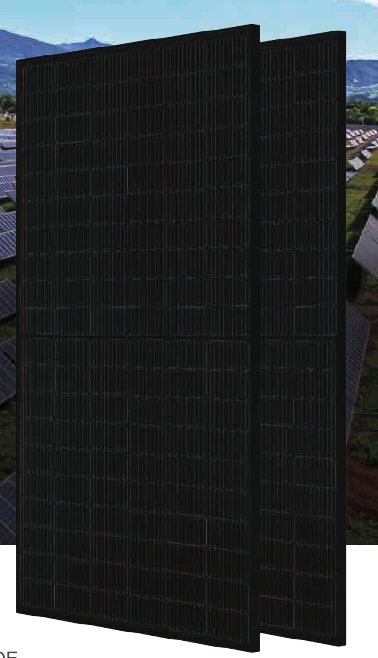 Solar PV Installation
Solar PV Installation
The solar PV electricity generation system was installed by the JTD Group: https://jtdgroup.co.uk/ on 2022-03-24. The decarbonisation report suggested installing 9 kW over both our south side and north-side flat roofs. We decided to only install 5.1 kW on the south sided roof. We considered that with our reduced power usage due to the insulation and air-source heat pump we would use less electricity than before and also the south side roof would be more productive for the installed cost of the system. A 5.1 kW system is above the standard 3.8 kW allowed to be connected to the grid without special approval which can take some time. JTD Group have applied for this but have installed a 3.8 kW export power limitation for now. As part of this we have had an export power monitoring device fitted allowing us to view the Solar PV being generated and the output of grid electricity we are using or the amount we are exporting. This will provide us with real-time tracking of our power usage and generation. We will use this to decide in the future if to apply for a company to export our power to if this is significant. Solar PV installation costs were £6019.00.
Solar panel installations are permitted developments under planning regulations and so do not need planning permission as long as the installation meets certain criteria (not a listed building, not above a certain height etc.). They also don't need building control permissions as long as the installation is carried out by a MCS registered installer who will provide the necessary certificates. Our Landlord did ask for a structural survey for the roof, but as the structural engineer stated, there really was no need as solar panels are quite light and are generally insignificant compared with the roofs snow loading level. Also they are likely to reduce snow loading due to their smooth surface. Unfortunately it seems like fitting solar panels to business units is a bit new for some and the council and others were unaware of the planning and building rules, so it is worth being prepared with information on this for them.
We have a three phase electricity supply. To reduce costs a single phase Solaredge SolarPV inverter was used and the air-source heat pump and one of the EV car chargers was connected to that phase to balance the phases power import/export. A three phase import/export meter was installed so overall import/export power could be measured.
At the moment the Inverter reduces output power if more than 3.8 kw is being exported to the grid. This is due to power company regulations. Our export meter provides this information to the Inverter so it can limit when this would be the case. Alsthough we will unlikely be exporting more than 3.8kw, it is possible to request this to be relaxed and JDT solar have made the request on our behalf. Will take some time though!
The relatively small inverter unit was fitted to an inside wall close to our main electricity meter and fuse box. This was connected to our Internet router with an Ethernet cable. The Inverter communicates with a Solaredge cloud server which logs the power production and usage and allows us to see what is happening. A public portal, that just provides basic information, is available here. The public portal does not provide information on our actual power usage though, you need to login to the system to get full information.
The JTD Group installed the SolarPV system and EV car chargers on our business unit. It was an excellent experience. Jack and Ben produced an excellent design using quality components and communicated and listened well and modified the design to suit our needs without fuss. All of the staff were excellent and professional in the work. The metering has proved invaluable to see our power usage. We have discovered heaters being accidentally left on over the weekend for example.
We will add information on how this all works to our ongoing usage report usage.html.
|
|
|
|
|
|
Two EV Charging points
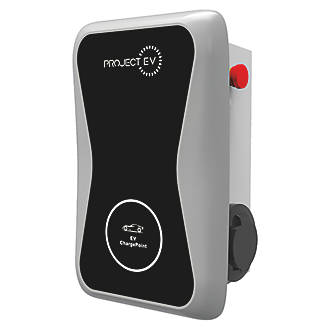 Two of the people working in the offices already have electric cars. The two EV charge points allow them to charge these cars at the business unit and from the Solar PV array when these is excess Solar electricity available. We had two EVA-07S-SE RFID EV charge points installed. These were connected to two separate phases of our three phase supply, with one on the same phase as the SolarPV in order to balance phase usage, and can charge cars at 2.2 kW or 7.3 kW. They have RFID tag or mobile phone app control so that only users with these can use them and it allows us to charge people for the amounts of electricity used and monitor this.
Two of the people working in the offices already have electric cars. The two EV charge points allow them to charge these cars at the business unit and from the Solar PV array when these is excess Solar electricity available. We had two EVA-07S-SE RFID EV charge points installed. These were connected to two separate phases of our three phase supply, with one on the same phase as the SolarPV in order to balance phase usage, and can charge cars at 2.2 kW or 7.3 kW. They have RFID tag or mobile phone app control so that only users with these can use them and it allows us to charge people for the amounts of electricity used and monitor this.
They just need to be connected to the AC mains via a suitable fuse and thick cable. They are linked to the Internet via our local Wifi for app usage, but can work with the RFID tags without this. The RFID tags (credit card sized) are available from various sources.
We will probably limit them to 2.2 kW most of the time so they will make the most use of our Solar PV panels. These two cost £1,870.00 to install, but there is a separate grant of £350 per EV charge point available that lowered the cost to: £1170.
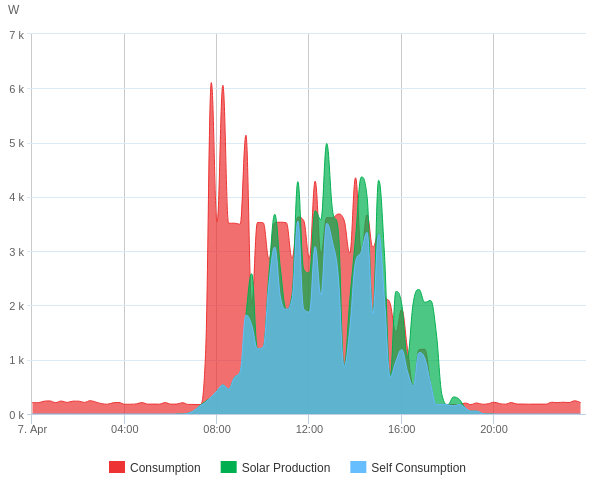
This graph is with an old 2kw convector heater and an EV car being charges as well as normal office equipment running.
Heat Pump Installation
Our business unit had a mix of a few night storage heaters and a number or direct electric heaters that were very costly to run. To reduce our carbon usage and heating costs we have installed a low cost air-source heat pump system based on a standard 11.2kW four internal unit air-conditioning system. These systems were originally designed for air conditioning (air cooling) but have recently been optimised to provide efficient heating as well. We opted to heat the large upstairs room and the two larger downstairs rooms with this. The other rooms are used as engineering workshops and storage and have not been heated in the past (including the corridors), the heat from the other rooms providing enough heat through the walls for these.
The system will take up to 3.8 kW of electricity to produce around 11 kW of heat depending on the outside temperatures, at roughly a 3:1 COP ratio. Although air-source heat pumps are not as good as ground source heat pumps and affected by air temperature, this will be more efficient and less costly than our night storage heaters as the heat will be generated when required rather than at night and with around a 2.5x reduction in cost. We have a dual rate meter to help with the night storage heater usage but these days the night unit costs are not significantly cheaper than the day unit costs.
Also the usage of the electricity during the day will make better use of our solar PV generation when available.
We will add information on how this all works to our ongoing usage report usage.html.
-
1 x LG MU5M40-U44 11.2kW outdoor unit
-
4 x LG PC12SQ-NSJ 3.5kW indoor units with remote controls
|
|
|
The units have remote controls and Wifi network communications allowing us to monitor their usage and have our computer systems make sure they are switched off when no one is in the rooms. The cost of the heat-pump installation was: £4,737.65.
 | 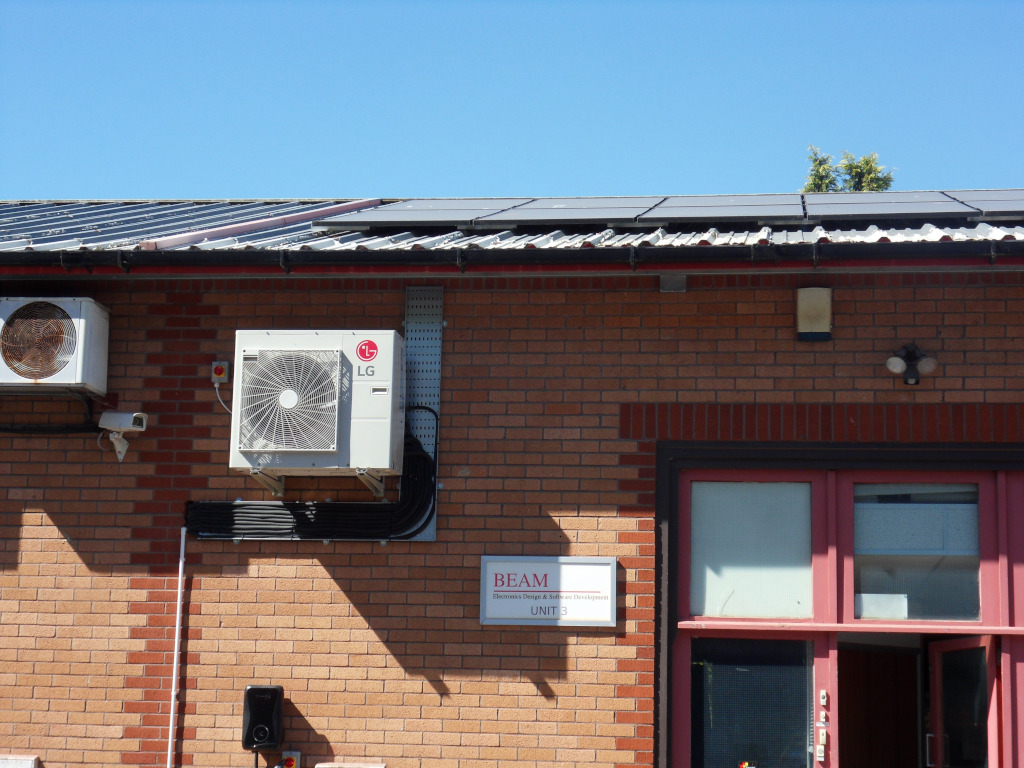 |
Insulation Installation
Our upstairs as a false ceiling with typical office type ceiling tiles and inset florescent lights. There was around 75mm of Rockwool insulation above the tiles. Although there was at least some insulation the upstairs room was generally cold in winter and hot in summer. We had great difficulty in finding an insulation company that was prepared to come out and quote for improving the insulation and when we did they didn't actually want to quote for the work citing the fact that they mainly do homes.
In the end we decided to do this ourselves. After much internet searching, talking to people and our own thermal simulation calculations, we decided to install 50 mm thick Celotex type insulation board cut to fit each ceiling tile and fitted to their tops. This is under the 75mm of Rockwool insulation.
Our calculations state this will provide around a 24% reduction in heat loss overall and save us around £190 per year.
The cost of the insulation boards was: £931. We installed these ourselves, the cost of this is not included. We simply remover each tile, cut the insulation to size with a wood saw and glued this to the tile with 5 patches of spray contact adesive. Each tile took about 3 minutes to do.
 | 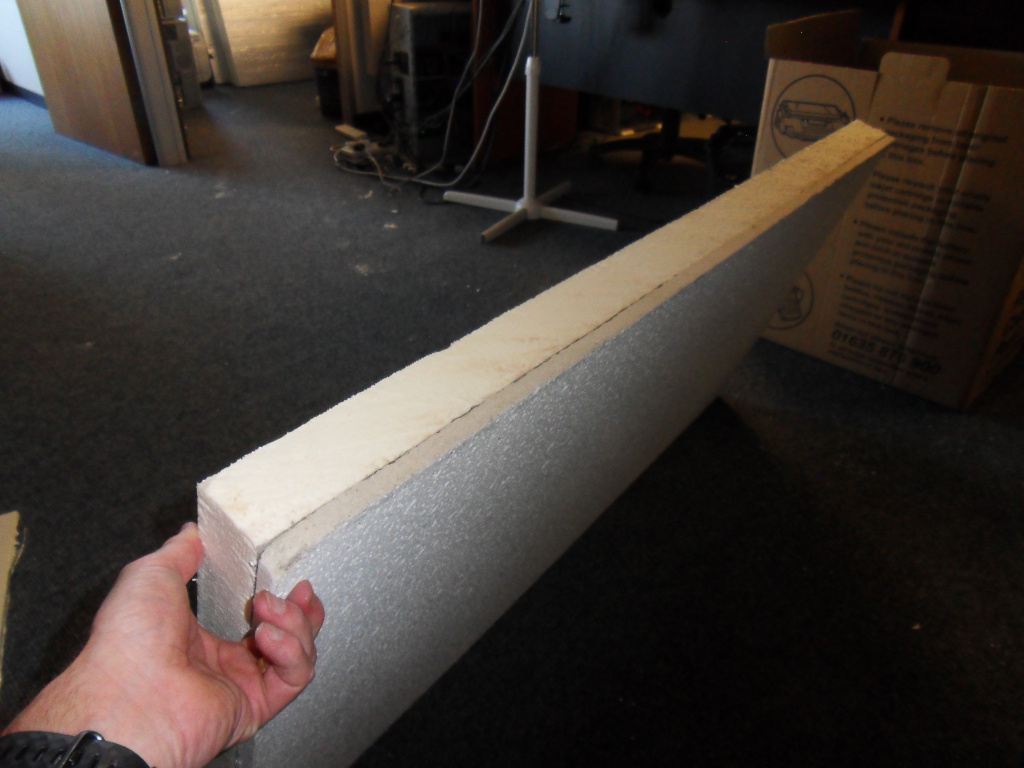 |
LED Lighting Upgrade
The business unit has florescent lighting throughout and so it was fairly efficient to start with. However modern LED lighting almost halves the power usage for the same light output and the "white" colour of the LED tubes is similar to that of florescent lights. We used LED tubes that matched the existing florescent tubes for most units so installation and fitting was simply a case of replacing the tubes and the starter unit and replaced some aging fittings with new complete LED strip lights.. We had already done this for some of our lighting.
The cost of this was: £359.00.
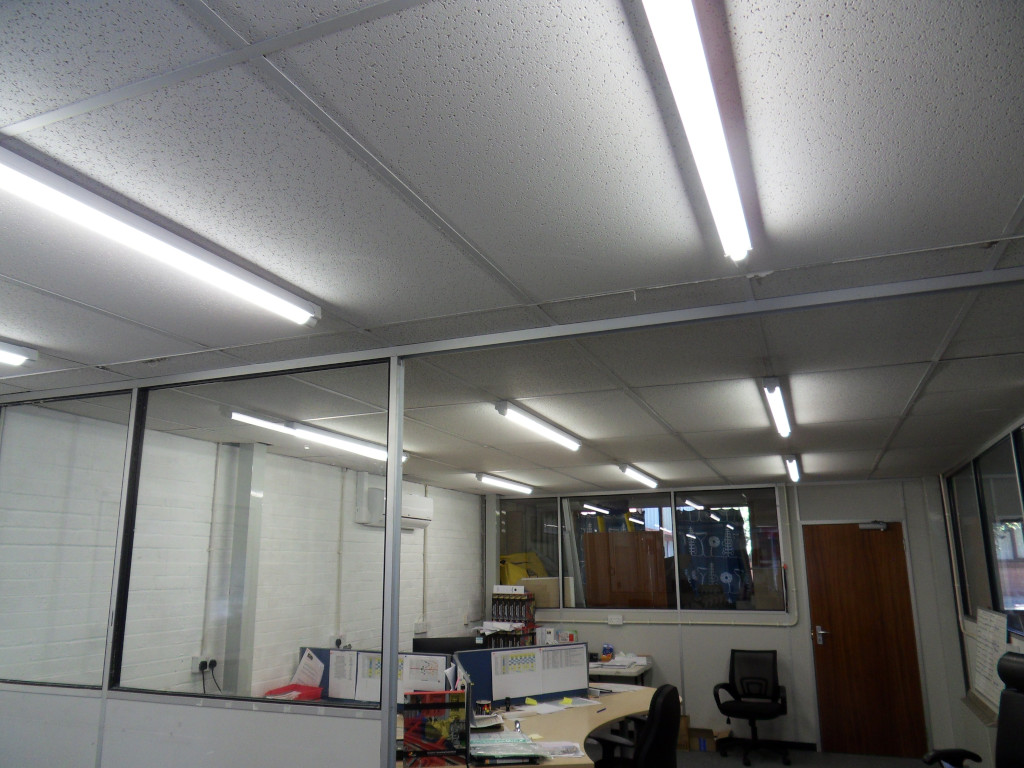 | 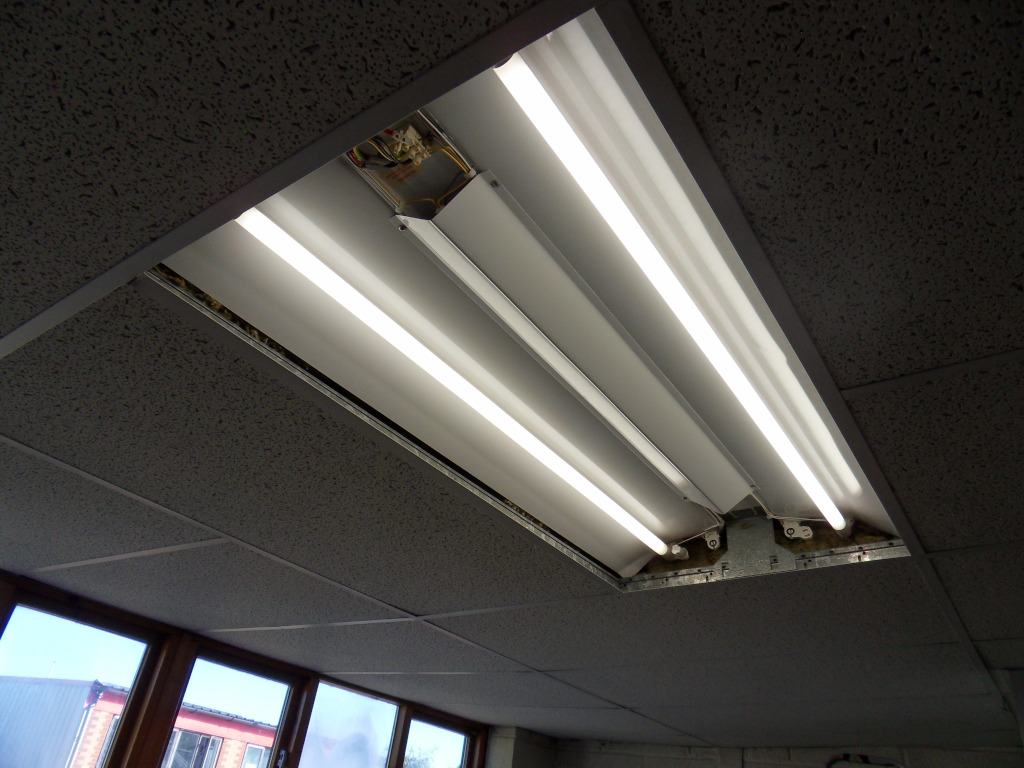 |
Legal Bits
With business units there is often a chain of lease holders rather than outright ownership. We had to ask the overall building owners for permission to install the solar panels and then had to ask the council as head lease holder.
Solar panel installations are permitted developments under planning regulations and so do not need planning permission as long as the installation meets certain criteria (not a listed building, not above a certain height etc.). They also don't need building control permissions as long as the installation is carried out by a MCS registered installer who will provide the necessary certificates. Our Landlord did ask for a structural survey for the roof, but as the structural engineer stated, there really was no need as solar panels are quite light and are generally insignificant compared with the roofs snow loading level. Also they are likely to reduce snow loading due to their smooth surface. Getting a structural surveyor at a realistic price took some looking, we had quotes ranging from £40 to £950!
The council were not that well informed on solar panel installations, not knowing about planning permission or building control rules. Also we were charged £250 for them to agree to the work (a standard charge). As the council have declared a climate emergency I would have thought charges like these would be reduced or waved for business trying to do our best !
Also until recently, the government charged rates for all solar PV installations based on the installed kw size. For commercial solar arrays this was charged at one rate, but for businesses trying to just offset their own power usage the rate was 10x this! Really joined up thinking on climate issues going on. This is really all such a shame. The use of SolarPV on business units is ideal. The power is used when the businesses use it, the roofs are often ideal and they are often situated in business parks or the like where people don't see them (although I think they enhanced our old metal roof).
Unfortunately it seems like fitting solar panels to business units is still a bit new for some, so it is worth being prepared with information on this for them.
- https://www.inbalance-energy.co.uk/articles/planning_permission_for_solar_photovoltaic_systems.html
- https://www.inbalance-energy.co.uk/further_reading_books/planning_permission/general_permitted_development_ammendment_2012.pdf
Usage
We will add some information on how this all works in practice on our usage.html page.
Some pictures are at: Pictures.
Contacts




